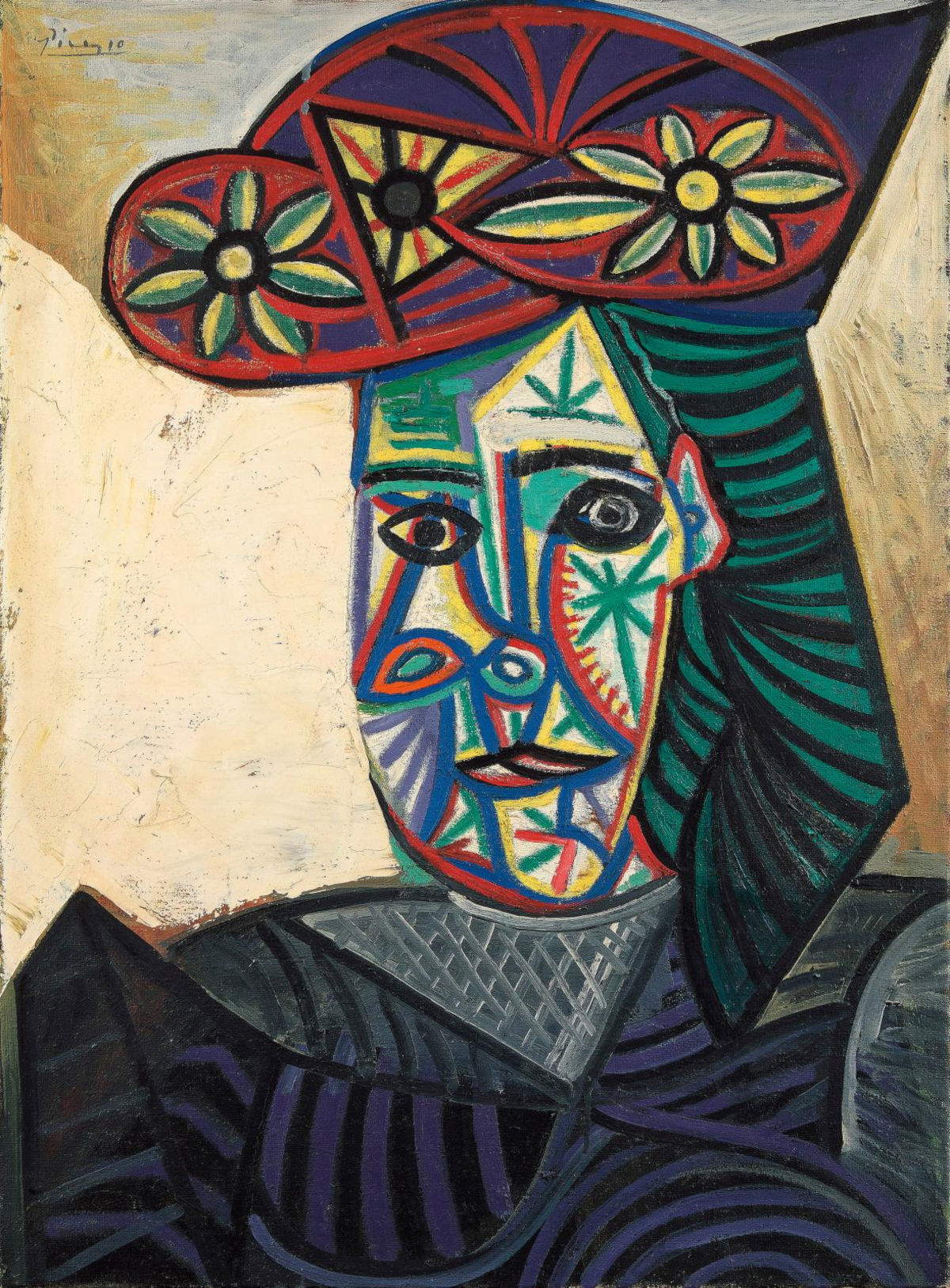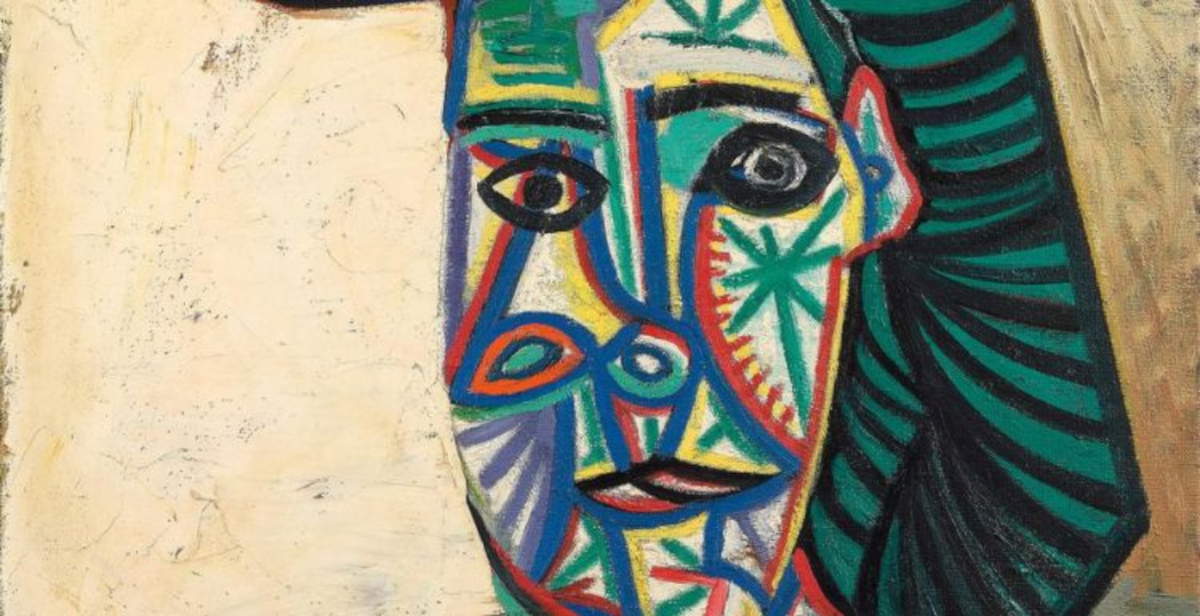A work thought to be lost by Pablo Picasso was recently unveiled at theDrouot Auction Hotel in Paris and will be auctioned on Oct. 24, with an estimate around eight million euros. The painting, titled Buste de femme au chapeau à fleurs, is an oil on canvas measuring 80 x 60 centimeters, made on July 11, 1943. The work, which has never been shown to the public, belonged to a French collector who bought it in August 1944, and the current heirs decided to put it up for sale as part of the family succession. According to experts, the portrait represents a moment of transition in the artist’s personal life: the woman depicted, Dora Maar, appears sad but harmonious, while wearing a brightly colored flowered hat. The painting could thus testify to the end of Picasso’s relationship with Dora, who was replaced by the younger Françoise Gilot. As reported by BFM TV. newspaper, the work’s uniqueness lies in its dual stylistic inspiration: naturalism coexists with cubism, creating a portrait that combines fidelity to reality and geometric decomposition typical of Picasso.
The work was known to specialists and enthusiasts only in black and white, thanks to the catalog raisonné of the painter’s works, which reported its existence. Also confirming the presence of the painting in Picasso’s studio during the occupation of Paris are some photographs taken by the painter’s friend, photographer Brassaï, which have been preserved to this day. The images were exhibited during the presentation of the work by the Drouot auction house, accompanying the Picasso administration’s confirmation of its authenticity.

The discovery of Buste de femme au chapeau à fleurs thus constitutes an important event in art history and in the study of Picasso’s production. As pointed out by Agnès Sevestre-Barbé, a specialist on the painter who was present at the presentation of the work, it is a painting unknown to the general public, which is exceptional and relevant to understanding the artistic career of the Spanish author. The work is set in a complex period of Picasso’s life, characterized by World War II and the occupation of Paris. In this context, the painter’s studio housed numerous works, some of which were destined to remain confidential. The unexpected revelation of the portrait, therefore, allows for a deeper understanding of the works created during those years and of the artist’s personal dynamics, hitherto known only through photographic documentation and official repertoires.
The work is also distinguished by its historical relevance: in fact, it allows the integration of elements known only through photographs and catalogs, restoring a concrete and authentic portrait of Dora Maar in a crucial period of the author’s sentimental and artistic life. The discovery therefore confirms, once again, how Picasso’s production continues to hold surprises even decades later, offering new insights into his poetics, personal relationships and the evolution of his visual language between naturalism and cubism.
 |
| Picasso believed lost resurfaces: it's a portrait of Dora Maar, auctioned for 8 million |
Warning: the translation into English of the original Italian article was created using automatic tools. We undertake to review all articles, but we do not guarantee the total absence of inaccuracies in the translation due to the program. You can find the original by clicking on the ITA button. If you find any mistake,please contact us.